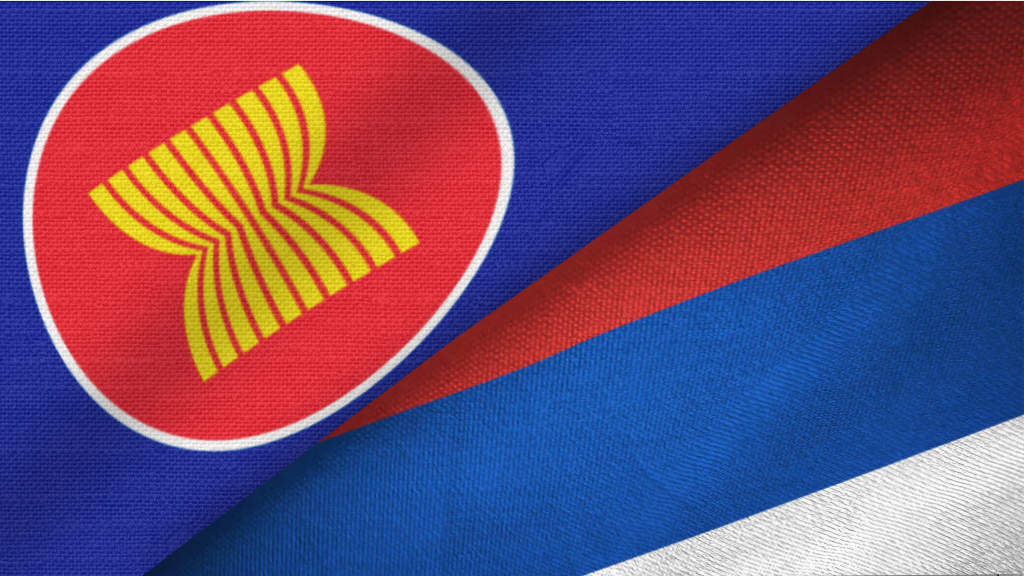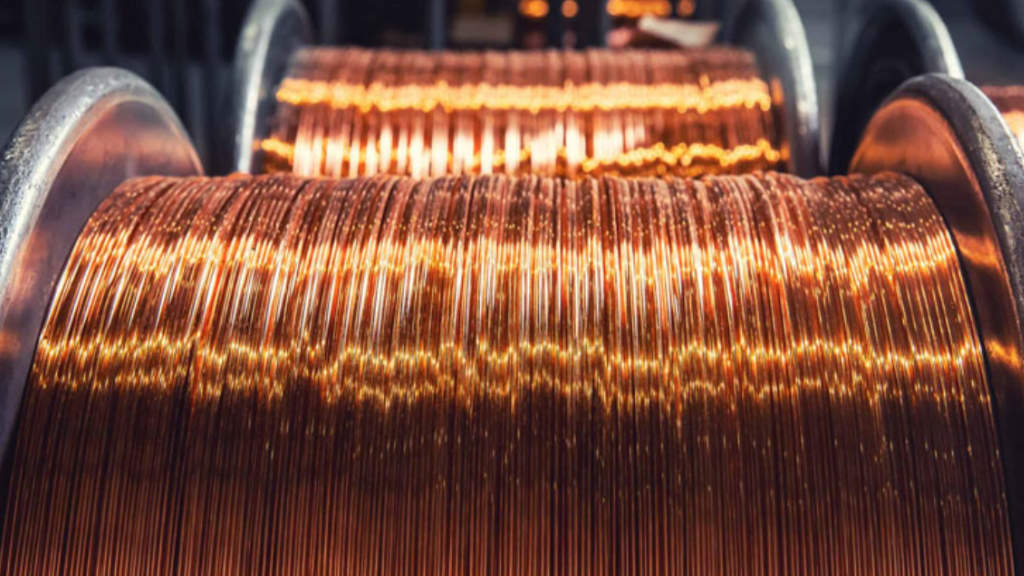A symbol, as well as being representative of Russia’s move to replace previously EU manufactured imported products with products of Russian origin is Russia’s viniculture sector. Wines from Italy, France and Spain have long been popular in Russia, with these three countries alone accounting for 80% of all EU wine exports. In addition, viniculture is the largest component of the EU’s agricultural sector. Wine exports were worth €17.2 billion in 2021, with 10% of that attributed to Russia.
However, the days of Russian supermarkets being laden with a huge selection of European wines are over, as Russian wine producers have taken up the baton, and see opportunities to replace their EU competitors. How this is being achieved is an interesting case study.
The initial move was for producers to appeal to the Russian government with a request to introduce protective duties on imports of wine from “unfriendly” countries. Since August 2023, the rates of import duties on wine from unfriendly countries have already been increased – from the previous 12.5 to 20%. This has had an effect – wine exports from the EU to Russia are now at their lowest level since the collapse of the USSR, having fallen by 90%. European wines are now represented on the Russian market mainly in the luxury category, and the new duty rates introduced in 2024 have added another 5% or a minimum of €2 per liter. There are increasing calls to raise duties on imports of wines from unfriendly countries even higher, up to 50%.
That additional duty – another 25% – is being lobbied for as a contribution to develop Russia’s own domestic viniculture sector. That may still not be the dutiable ceiling. Alexey Plotnikov, the executive director of the Association of Winegrowers and Winemakers of Russia, has called upon the government to set duties on wine imported from NATO countries at 200%.
Initial plans by Russian wine producers have been to replace an initial 50% of all European wine imports with Russian wines. But to do this has required a lot of planning, investment and of course attention to quality – Russian consumers don’t want to be drinking sub-standard replacements.
But old habits die hard. Even with the new duties, of what European wine imports there were during 2024, 31.8% of all wine imports to Russia were from Italy, 11.7% from Spain, 6.4% from Portugal, and just 5.2% from France. Imported wines still make up 48% of all Russian market product consumption, with their values increasing by 4% over the year. Russians are still prepared to pay for imported wines, and there is still some wine snobbery against Russian wines in the consumer market. Interestingly, according to the Russian wine growers association, 60% of Russians would prefer to chose to buy a foreign wine because they liked the quality, while Russian wines took 40% market share due to competitive pricing.
In general terms, a bottle of mid-range imported wine in Russia today retails for about ₽1,000, and a bottle of budget Russian wine for ₽400. Two years ago, their prices were comparable. European wines have therefore become a status symbol, with their purchase a demonstration of personal financial capabilities.
But apart from price wars, a lot still needs to be done in Russia to reduce the levels of imported wines. Replacing almost half of the wine consumed in Russia at once is not so easy. In Russia, 105,300 hectares are given to winemaking, in France 789,000 hectares, and in Spain, 969,000 hectares. Acquiring the land, installing the necessary infrastructure, and getting the wines up to the required standard and then consistently marketed is a 5-10 year minimum investment. That takes deep pockets.
Consequently, other players are coming into the Russian market as well, including from friendly countries. Wine imports from South Africa increased by 79% in 2024, while South Ossetian imports increased 200%, although the small republic is now at maximum capability in winemaking and is not seen as a threat by Russian producers.
South American wines have also been seen on supermarket shelves, while wine market distributors, well aware of the interest of Russian consumers in imported wine are actively trying to develop new areas. For example, in May, Russia’s largest retailer, the X5 Group began supplying sparkling wines from India – the Moet brand which is partially owned by Moet & Chandon, and whose globally available bubblies also include wines from China.
Russia’s MoRo alcohol distributors also imported 30,200 bottles of Brazilian sparkling wines in 2024 while the Moscow based Luding Group is trialling imports from producers in Serbia, Tunisia and Algeria. Clearly, BRICS produced wines are proving to be an important replacement sector for European wines and are poised to compete with Russian wines for market share.
Three trends are apparent: Firstly, that European wines are being seen as luxury items and will lose the Russian middle market; Secondly that replacements, while still needing time to develop brand awareness and consumer confidence, are increasingly being seen as viable alternatives from the BRICS markets, and that the Russian domestic wine industry needs time and investment to develop.
Further Reading





